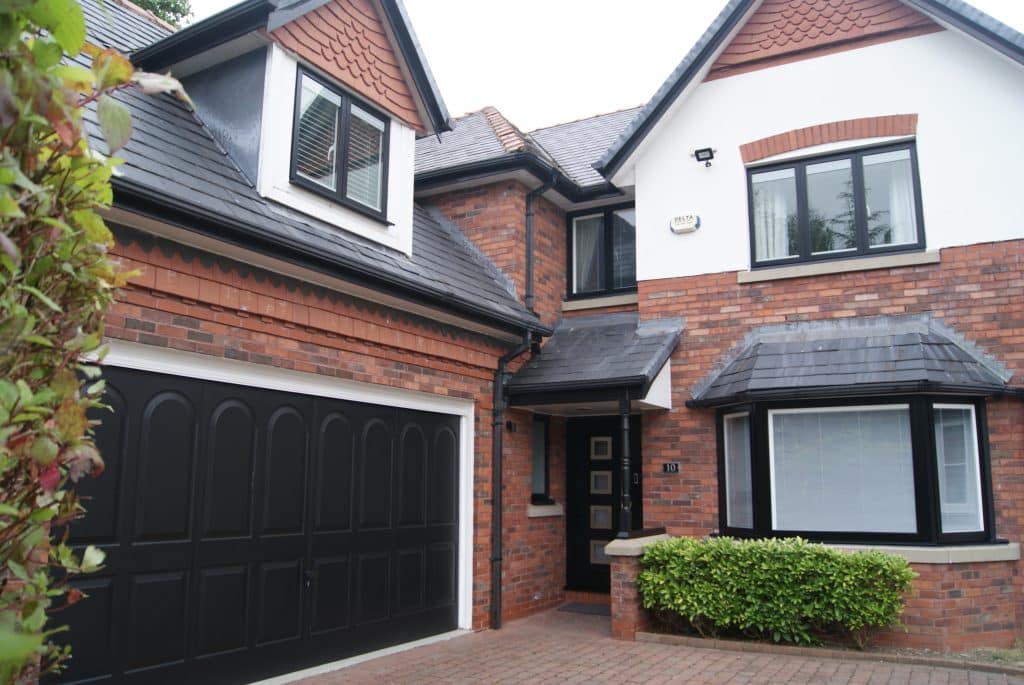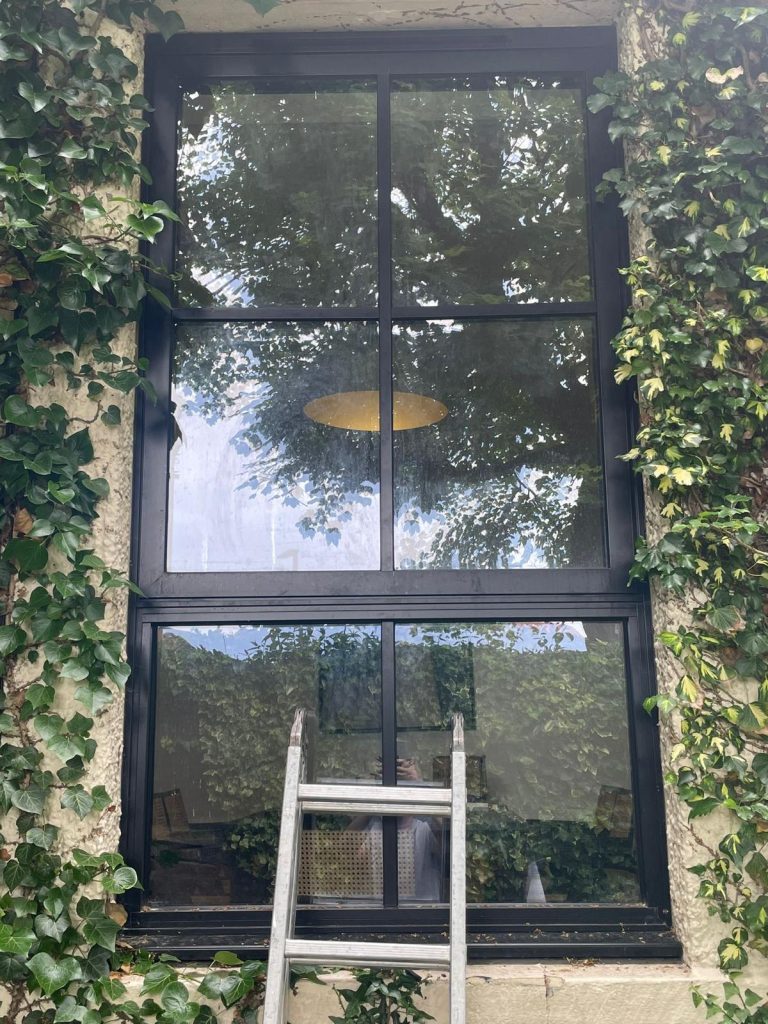Discover how the future of windows is being shaped by aluminium. As home design trends evolve, aluminium windows are emerging as the perfect choice for the modern home.
But what makes aluminium so special, and how does it compare to traditional materials? Let’s explore the benefits of aluminium windows and see if they’re the change you’ve been looking for. For more information, request a brochure or a personalized quote.
Embracing Aluminium in Home Design
Future of Windows
Aluminium is becoming the go-to material for future windows due to its strength and light weight, making it ideal for larger window openings that let in more natural light. As energy efficiency standards become tougher, aluminium windows provide great insulation that meets the latest requirements, like the ACW81 systems. They are tough, need little upkeep, and look sleek, making them popular among architects and designers. These features are positioning aluminium to take over the market and change how we think about window materials in modern designs.
Aluminium windows are incredibly durable, resisting rust and bending, and requiring minimal maintenance. Their strength allows for slim frames, which increases light and enhances aesthetics while improving energy efficiency. The ACW81 achieves a WER A rating and complies with building regulations. Aluminium is 100% recyclable, eco-friendly, and offers versatile designs, making it a top choice for future-oriented solutions.

Flush casement windows replaced chunkier PVC-U white windows, giving the property a complete face-lift and a more modern, contemporary front.
Integral blinds were also chosen in this property to give privacy and eliminate light pollution and sun glare. The low maintenance blinds are captured between glass panes eliminating the need to dust!
The Drawbacks of Traditional Materials
When choosing window materials, traditional choices like wood and PVC-U have clear downsides affecting both style and function. Wooden windows, while charming, can initially be quite costly and need a lot of maintenance to avoid problems like rot and bending, especially in bad weather. This upkeep can be a hassle for homeowners and developers. PVC-U windows, though easy to maintain initially, can discolour and crack under prolonged sun exposure, reducing their look and strength over time.
These traditional materials also often lack design flexibility, which can make them hard to fit into modern architectural styles that favour sleek, minimalist, and adaptable window solutions. As a result, many architects and homeowners are now opting for aluminium, which offers more versatility and better performance for contemporary building needs.
Aluminium window systems, like the ACW81, are designed to achieve high energy ratings that meet strict building standards. Besides being energy-efficient, aluminium windows contribute to sustainability efforts due to their recyclability and vast design options.
This makes aluminium a popular choice for those wanting a balance of function, eco-friendliness, and innovative design in their window solutions.
Additions of astragal bar enhance the heritage look of these casement windows; in-keeping with the design of the house, surrounding area and conservation regulations.

Design Trends
Today’s trends emphasize simplicity, sustainability, and efficiency—areas where aluminium shines. Its sleek, recyclable nature appeals to eco-conscious consumers, and thermal features in systems like the ACW81 meet energy requirements. Aluminium fits right into modern design trends, setting new standards for window solutions.
Aluminium windows are important in current architecture for their adaptability and performance. Architects choose aluminium for everything from city buildings to country homes, supporting aesthetic and energy goals with various finish and colour options. We currently stock grey, white, black, grey external / white internal and black external / white internal profiles; however, we can powder coat to match any RAL colour. The ACW81 highlights aluminium’s ability to combine thermal efficiency with visual appeal, contributing to sustainable, beautiful architecture.

